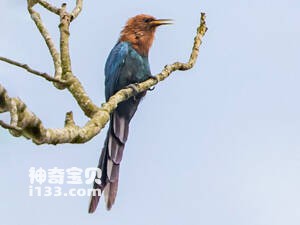
Phoeniculus castaneiceps
Phoeniculus castaneiceps,Forest Wood Hoopoe
Phoeniculus castaneiceps, Phoeniculus castaneiceps, Forest Wood Hoopoe. His ···

Phoeniculus bollei
Phoeniculus bollei,White-headed Wood Hoopoe
Phoeniculus bollei, also known as White-headed Wood Hoopoe, is unknown.Prote···

Phoeniculus somaliensis
Phoeniculus somaliensis,Black-billed Wood Hoopoe
Phoeniculus somaliensis, also known as Black-billed Wood Hoopoe, is unknown.···
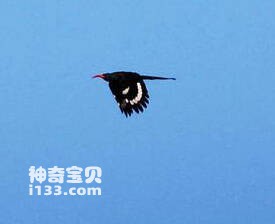
Phoeniculus damarensis
Phoeniculus damarensis,Violet Wood Hoopoe
Phoeniculus damarensis (Phoeniculus damarensis) and Violet Wood Hoopoe (Phoe···
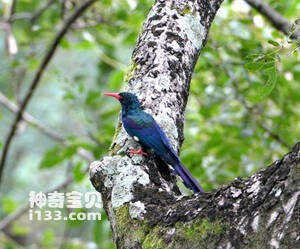
Phoeniculus purpureus
Phoeniculus purpureus,Green Wood hoopoe
Phoeniculus purpureus and Green Wood hoopoe are unknown.Protect wild animals···

Leptosomus discolor
Leptosomus discolor,Kirombo Courol,courol,Cuckoo Roller
Leptosomus discolor, foreign name Kirombo Courol, courol, Cuckoo Roller, is ···

Upupa epops
Upupa epops, Common Hoopoe in English, Hoopoe in French Huppe fasciee iالهدهدn Arabic
Dyson (scientific name: Upupa epops) English Common Hoopoe, Hoopoe, French H···
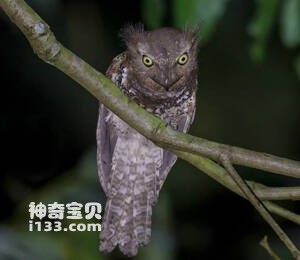
Batrachostomus affinis
Batrachostomus affinis,Blyth's Frogmouth
Starthroated toad mouth scientific name Batrachostomus affinis, foreign name···
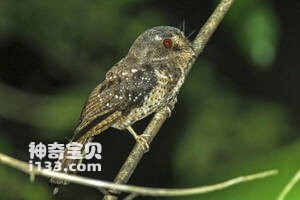
Aegotheles archboldi
Aegotheles archboldi,Archbold's owlet-nightjar
The bird's scientific name is Aegotheles archboldi, and its foreign name···
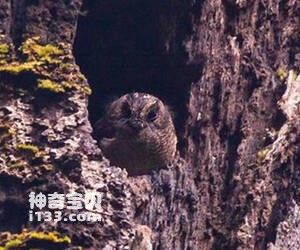
Aegotheles affinis
Aegotheles affinis,Vogelkop owlet-nightjar
Aegotheles affinis and Vogelkop owlet-nightjar are unknown habits and are su···
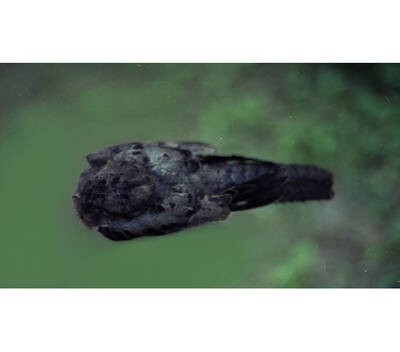
Nyctidromus anthonyi
Nyctidromus anthonyi,Anthony's Nightjar
The scientific name Nyctidromus anthonyi, foreign name Anthony' s Nightj···
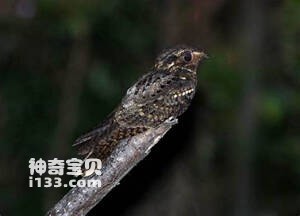
Nyctiphrynus yucatanicus
Nyctiphrynus yucatanicus,Yucatan Poorwill
Its scientific name is Nyctiphrynus yucatanicus, and its foreign name is Yuc···

Nyctiphrynus rosenbergi
Nyctiphrynus rosenbergi,Choco Poorwill
Its scientific name is Nyctiphrynus rosenbergi, and its foreign name is Choc···
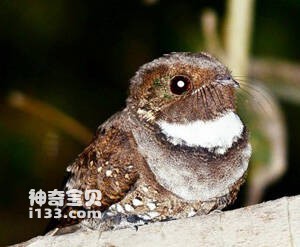
Nyctiphrynus ocellatus
Nyctiphrynus ocellatus,Ocellated Poorwill
Its scientific name is Nyctiphrynus ocellatus, and its foreign name is Ocell···
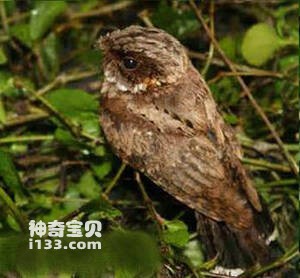
Nyctiphrynus mcleodi
Nyctiphrynus mcleodi,Eared Poorwill
Its scientific name is Nyctiphrynus mcleodi, and its foreign name is Eared P···
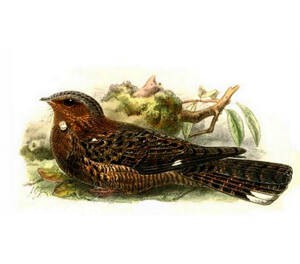
Caprimulgus batesi
Caprimulgus batesi,Bates's Nightjar
Its scientific name is Caprimulgus batesi and its foreign name is Bates'···
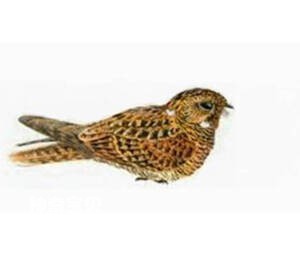
Caprimulgus prigoginei
Caprimulgus prigoginei,Prigogine's Nightjar
The scientific name of prigoginei is Caprimulgus prigoginei, the foreign nam···
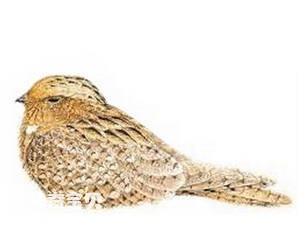
Caprimulgus centralasicus
Caprimulgus centralasicus,Vaurie's Nightjar
Central Asian nightjar scientific name Caprimulgus centralasicus, foreign na···

Caprimulgus whitelyi
Caprimulgus whitelyi,Roraiman Nightjar
The Venezuelan Nightjar is known as Caprimulgus whitelyi and Roraiman Nightj···
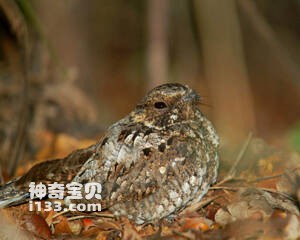
Caprimulgus badius
Caprimulgus badius,Yucatan Tawny-collared Nightjar
It is known by its scientific name Caprimulgus badius and its foreign name Y···

Caprimulgus salvini
Caprimulgus salvini,Tawny-collared Nightjar
Caprimulgus salvini and Tawny-collared Nightjar are unknown.Protect wild ani···
